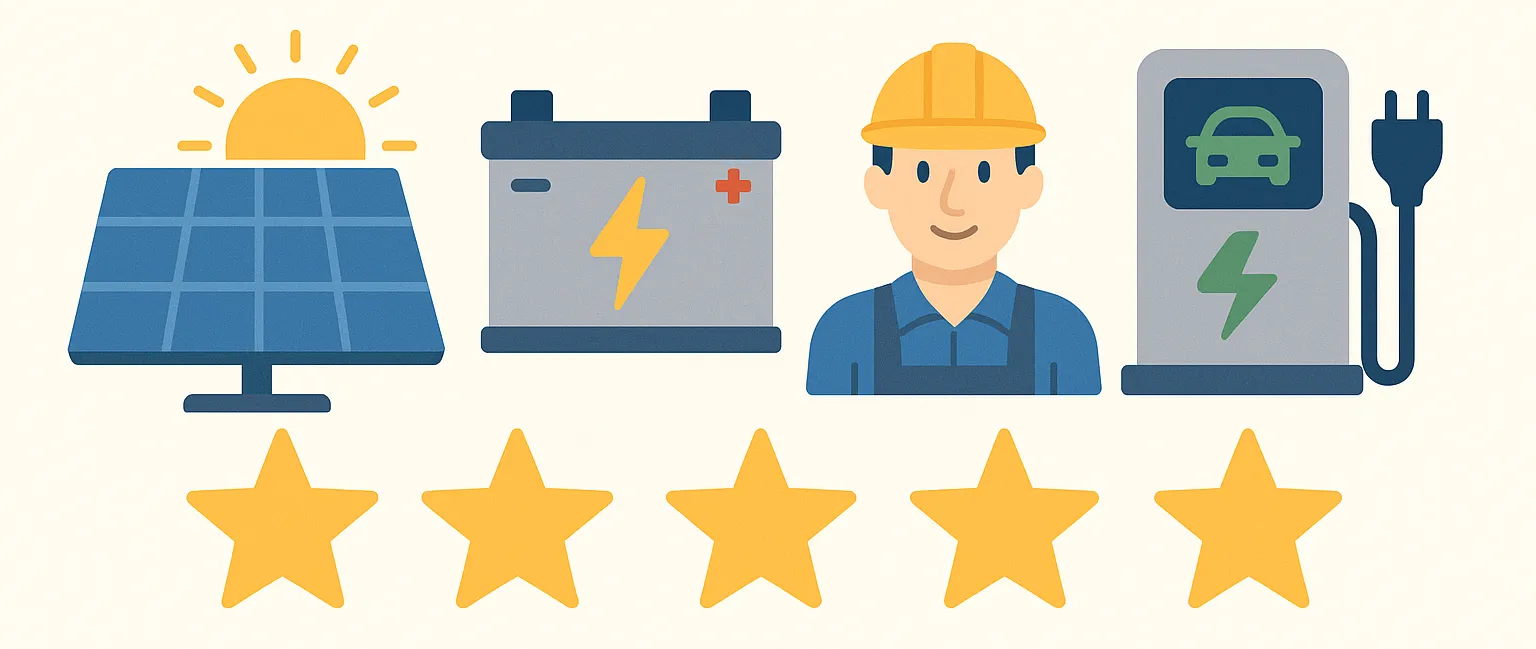The global developer of large-scale solar projects has opened its Australian headquarters in Adelaide just weeks after receiving development approval from the South Australian Government for its Aurora Solar Energy project.
The project is set to be built near Port Augusta, about 300km north of Adelaide, the South Australian capital.
The power plant will create 650 construction jobs and the field office in Port Augusta will serve as the base for local workers and businesses to participate in the Aurora project and for SolarReserve to maximise local opportunities.
Construction of the power plant will begin this year and is estimated to be completed in 2020.
It will incorporate eight hours of storage, or 1100MWh, allowing it to operate like a conventional coal or gas power station.
The AU$650 million plant – the biggest of its kind in the world – will have a capacity of about 135MW under normal operating conditions with the ability to increase that output in favorable conditions.
The plant will be situated about 150km northwest of Jamestown, where Elon Musk has installed the world’s largest Lithium-ion battery at Hornsdale Wind Farm.
Aurora will deliver 495 gigawatt-hours of power annually – providing fully dispatchable base-load electricity to the network.
It will supply 100 per cent of the South Australian Government’s electricity load from 2020, after it won a competitive tender process.
The project will also supply the broader market, enhancing competition and putting downward pressure on power prices.
South Australian Premier Jay Weatherill said the Port Augusta region was a symbol of South Australia’s transition from old to new.
“We’re already leading the world in renewable energy technologies, with global acclaim for the world’s biggest lithium ion battery, and SolarReserve’s solar thermal power plant is also one of the world’s most exciting projects,” he said
The Aurora project will use thousands of mirrors (heliostats) to reflect and concentrate sunlight onto a central receiver on top of a tower. The process heats molten salt, pumped to the top of the tower and flowing through the receiver, to 565 degrees Celsius.
The molten salt provides a stored heat source that is used to generate steam to drive a single turbine that generates electricity. The facility can generate power at full load for up to eight hours after sunset.
News item provided courtesy of Ecogeneration - www.ecogeneration.com.au
